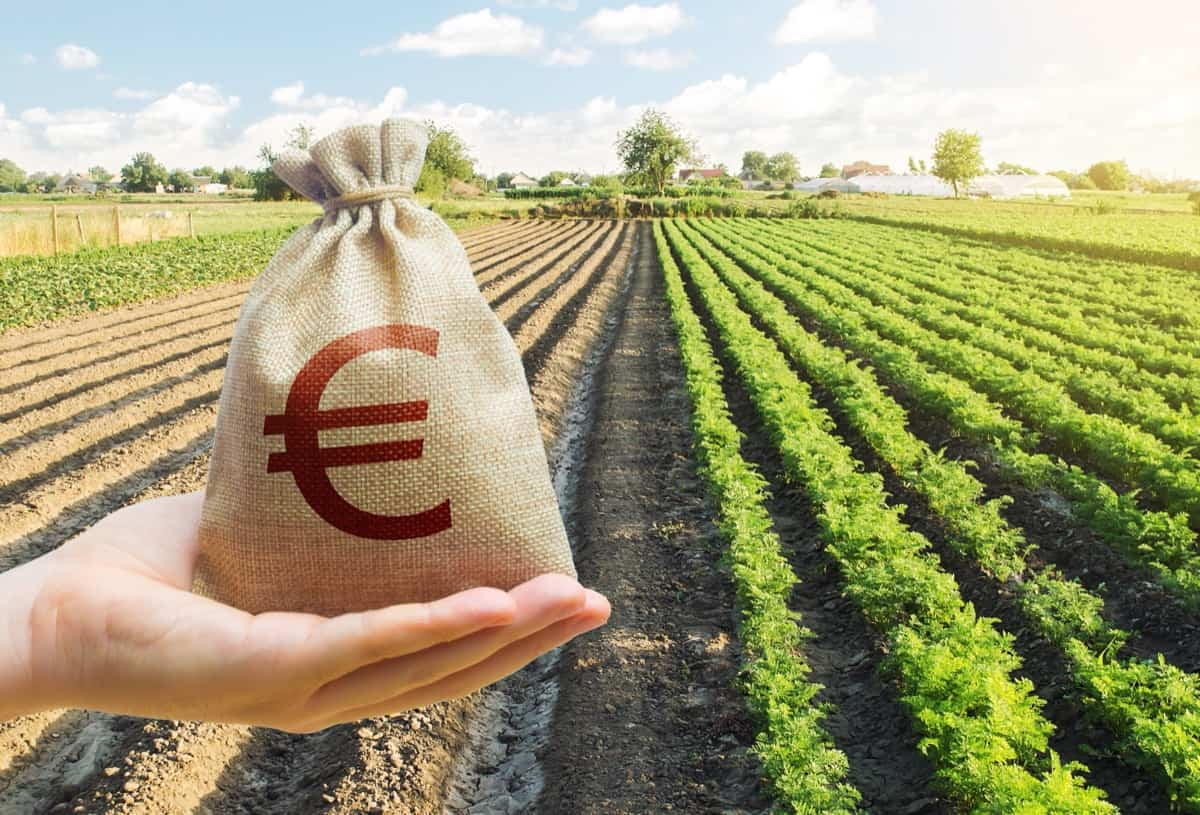Hello farmers in the United States, government grants offer a potential source of financial support to help boost their agricultural activities. The U.S. government has taken multiple steps for the upliftment of farmers. Simply put, how does the government help farmers short answer? By providing financial assistance, training, resources, and subsidized programs.

Whether someone is wondering how to make money farming or looking into specialized grants such as farm grants for females, hobby farm grants, USDA grants for female farmers, beginning farmer grants, fencing grants for farmers, or even hoping to figure out how to get a free greenhouse from the government, there’s a range of opportunities available. Some of these grants even facilitate government grants for land purchase. This article will guide prospective applicants through the steps required to secure these grants for their farms.
Government Grant for a Farm in the United States
Application Process
To navigate the process efficiently, it’s crucial first to understand the application system. Start by recognizing that each grant has its own set of guidelines, deadlines, and requirements. Regularly checking relevant government websites, such as the U.S. Department of Agriculture (USDA), can provide updated information on available grants.
Reading through each grant’s specifics is essential to ensure that one’s farm is eligible. Additionally, keeping accurate and updated farm records can significantly ease the application process, as many grants require detailed farm data.
Researching Available
Research is the backbone of securing a farm grant. Numerous grants are available, each tailored to specific needs. One can find a consolidated list of available grants by visiting the USDA’s website. Local agricultural extension offices also often have resources and personnel to guide farmers toward suitable grants. Networking with fellow farmers, attending agricultural workshops, and joining farming associations can also offer insights into available grant opportunities and tips for successful applications.
Eligibility Criteria
The eligibility criteria can vary widely based on the specific grant. Some grants focus on supporting beginning farmers, while others prioritize established agricultural businesses looking for expansion. There are grants tailored for specific demographics, such as USDA grants for female farmers or farm grants for females.
Others might cater to specific needs, like fencing grants for farmers. Make sure you read the small words and know what you need to do. Many grants require farmers to match a certain percentage of the grant amount with their funds. Other common criteria include being a U.S. citizen, having a defined business plan, and demonstrating a genuine need for the grant.
In case you missed it: 10 Best Beef Cattle Breeds in the United States with Prices

Steps to Prepare
A successful grant proposal is more than just filling out an application; it’s about convincing the grantor that your farm deserves the funds. Start by clearly defining the need for the grant. Be specific about how the grant will be used, Whether for land purchase, buying equipment, or initiating a new farming technique.
Always follow the grant’s guidelines strictly. Including accurate financial statements, a well-researched business plan, and letters of recommendation can bolster a proposal. Proofreading is crucial; simple mistakes can result in a proposal’s rejection. Lastly, consider seeking feedback from successful grant recipients or attending grant-writing workshops to refine your proposal further.
Exploring Different Types
Various types of government grants support the agricultural sector, from the inception of farming endeavors to the expansion of existing operations. Among these are farm grants for females and hobby farm grants, which recognize the diversified roles played by women and small-scale hobbyist farmers, respectively. Initiatives like the USDA grants for female farmers further promote gender equality.
Beginning farmer grants provide the necessary funds for those just starting to get off the ground. To bolster infrastructural needs, fencing grants for farmers and schemes to get a free greenhouse from the government are available. And for those looking to acquire more land for agricultural endeavors, government grants for land purchase can be sought.
Tips for Finding and Applying
Navigating the world of federal grants can be daunting, but with the right approach, it can be fruitful. Start by visiting official government websites dedicated to agriculture and grants. Here, you’ll find a plethora of information on the latest grant opportunities and how to make money farming. When applying, ensure you read the guidelines thoroughly and adhere to deadlines. Always tailor your proposal to the specific grant you’re applying for, highlighting how your farm aligns with the grant’s objectives.
State-Level Government Grant Programs
While federal grants are widely recognized, state-level grants are equally valuable. Each state might have its own set of programs catering to the unique needs of its farmers. To tap into these resources, visit your state’s agricultural department website or office. Engage with local agricultural communities and networks, as they often have firsthand knowledge of available state grants and can offer insights on how to position your application best.
In case you missed it: 9 Vegetables to Grow with Minimum Water Usage: Suitable for Drought-tolerant and Low-water Gardening

Understanding the Role of USDA
The United States Department of Agriculture (USDA) assists farmers. Beyond being a repository of information, the USDA offers numerous grants and initiatives designed specifically for agricultural development. Their programs encompass a wide range, from those aimed at new farmers to those focusing on sustainable farming practices. Understanding the USDA’s objectives and staying updated with their latest initiatives can significantly boost farmers’ chances of securing a grant.
Common Mistakes to Avoid
Securing a grant isn’t merely about showcasing the need and presenting a compelling case. Common pitfalls include a lack of clarity in the proposal, missing documentation, and overlooking grant guidelines. Avoid being too generic; tailor your application to the specific grant’s objectives. Don’t rush the process; take time to ensure every detail is accurate and every requirement is met. Lastly, avoid the assumption that one size fits all. Each grant is unique, and what works for one might not work for another.
Resources and Support
Securing a grant is a collective effort. Leveraging resources can significantly enhance your application’s chances of success. Local agricultural extension offices, state agricultural departments, and agricultural colleges often host workshops and seminars on grant writing.
Online platforms, too, offer a plethora of sample applications, guides, and tips. Building a network within the farming community can also provide invaluable insights, as shared experiences can guide you on what to do and what to avoid. Remember, persistence is key, and with the right resources and support, your farm can thrive with the help of government grants.
In case you missed it: Top 12 Dairy Goat Breeds in the USA: The Best Milk Goat Breeds for Your Farm

Conclusion
The agricultural sector remains a cornerstone of the U.S. economy, and the government, recognizing its significance, offers an array of grants to support farmers. Opportunities abound from federal to state-level programs for those willing to navigate the grant application process.
- Feed Your Flock for Less: Top 10 Tips to Save on Chicken Feed
- Ultimate Guide to Ossabaw Island Hog: Breeding, Raising, Diet, and Care
- Hatching Answers: The Top 10 Reasons Your Chickens Aren’t Laying Eggs
- Eggs and Economics: Breaking Down the Cost of Raising Backyard Chickens
- Defend Your Greens: Proven Methods to Keep Iguanas Out of Your Garden
- Ultimate Guide to Cinnamon Queen Chicken: A Comprehensive Guide for Beginners
- Ultimate Guide to California Tan Chicken: Breeding, Raising, Diet, Egg-Production and Care
- Ultimate Guide to Marsh Daisy Chicken: Breeding, Raising, Diet, and Care
- 10 Types of Chicken Farming Businesses You Can Start for Profits